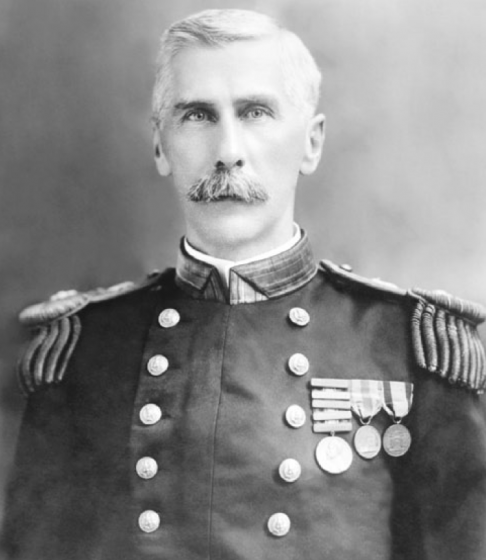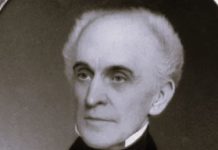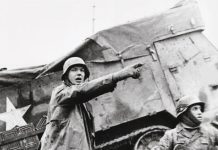Edwin Alexander Anderson Jr. was born in Wilmington, North Carolina, on the 16th of July, 1860. Anderson was assigned as a student at Annapolis, the United States Naval Academy, Annapolis, in 1878. He graduated in 1882, was then required to serve a mandatory two years of duty at sea, and was promoted to ensign on July 1, 1884.
Due to the high number of officers as well as the Navy policy that favored advancement based upon his seniority, he didn’t become a lieutenant in junior grade until 1894. In the middle of January 1897, he was assigned to duty on the vessel Marblehead and was assigned to that position during the time his time in the Spanish-American War began in April 1898.
The principal U.S. Navy goal at the start of the war was to block Cuba and cut off its communication with Spain. In pursuit of this goal, on May 11, 1898, the Marblehead and the gunboat, with a light draft, attacked a Spanish cable barracks and house along the coast in Cienfuegos, Cuba.
Read More: The Largest Ore Ship Ever Towed Through Chicago
In the course of the mission, the men were sent out in smaller boats to cut Spanish cables for telegraphs in low water. Captain Cameron Winslow had charge of the four launches of the two vessels that were designated to fulfill the orders.
Edwin Alexander Anderson was the commander of two vessels of the Marblehead steam launch crew, which was comprised of five seamen, three sailors who manned one-pounder Hotchkiss guns, and six marine marksmen. The sailing launch crew was comprised of 16 men, including Anderson, who was equipped with revolvers and rifles.
The idea was for sailors to make cuts in the cables, while steam launches offered fire protection. Steam launches from both ships moved between 150 and 200 yards from the beach and the cable house and then began to direct fires ashore. The sailing launches spotted two cable cables just 30 yards from the shore. The shore’s fire grew stronger during the time the Spanish employed machine guns to attack the launches for a period of three hours.
Edwin Alexander Anderson was given the reins of the direction of his launch after his coxswain suffered a wound and four other crew members were also injured. The launch was hit with water due to numerous bullet holes, which required regular bailing to stay floating in the rough waters. However, two American crews on the boat were capable of dragging the bottom of the sea with grappling hooks, grabbing up two cables before cutting them using hacksaws.
Lieutenant Winslow wrote about the bravery, coolness, and shrewdness displayed by Anderson during the battle and was eventually forced to instruct Anderson to stop any further cutting of cables. Unfortunately, a cable that did not get cut during this operation allowed the Spanish to keep their communications going until further cable-cutting expeditions were conducted during the subsequent weeks.
In the year 1901, Edwin Alexander Anderson was promoted to captain and occupied various commands as well as the Battleship Iowa. Anderson was recognized for his bravery in 1898 and was given the Medal of Honor for leading navy forces on the shores of Veracruz, Mexico, during the U.S. intervention there in 1914.
Edwin Alexander Anderson was also honored by the Japanese government for its humanitarian aid following an incredibly powerful earthquake and tsunami in 1923. Anderson left the position of rear admiral at the end of 1924 and passed away in Wilmington on September 23, 1933. The World War II destroyer was named in his honor.







